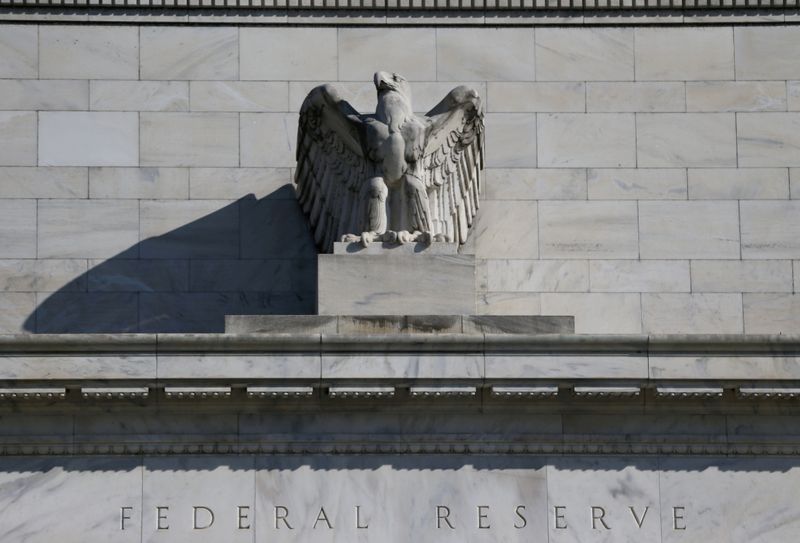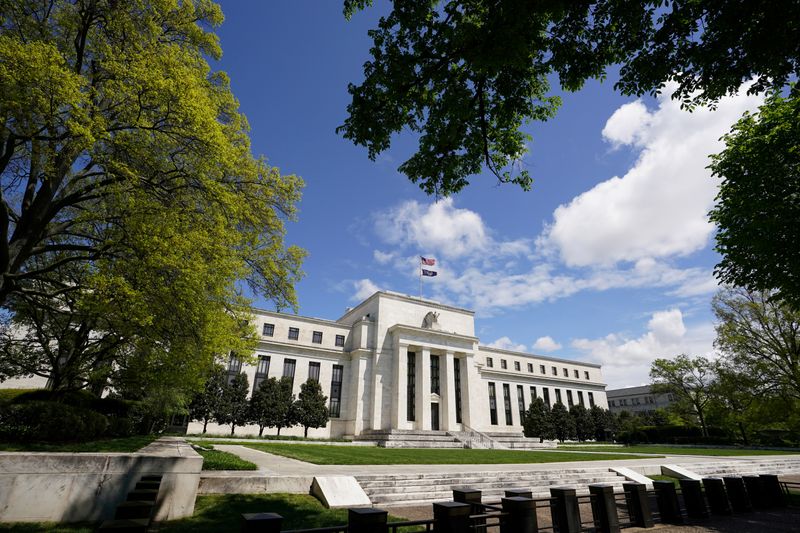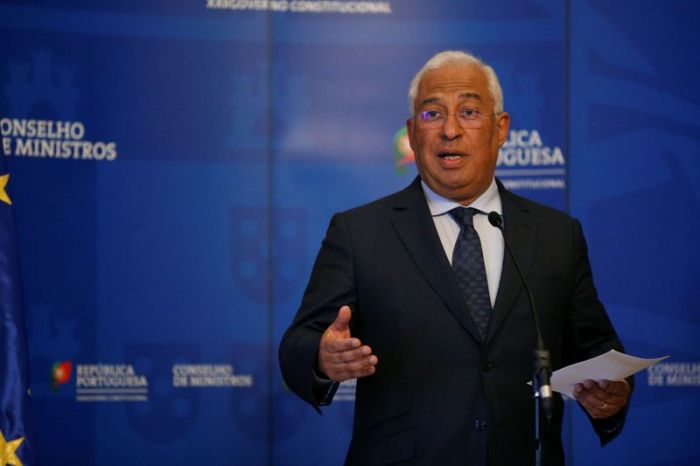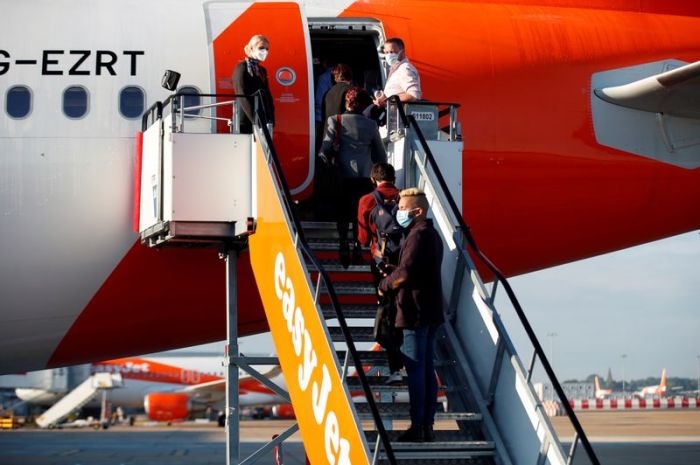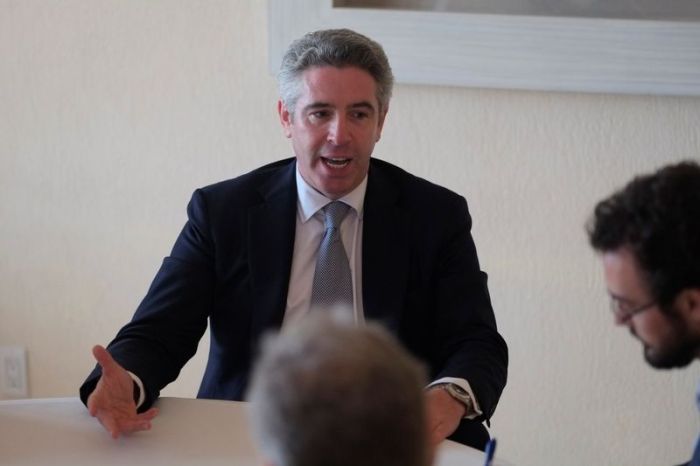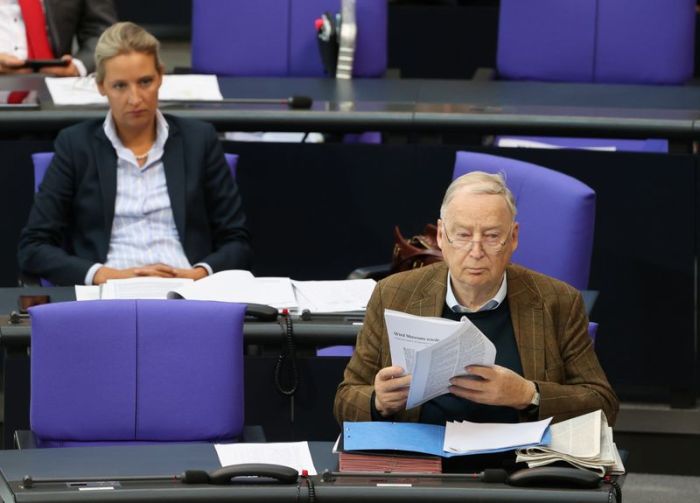NEW YORK (Reuters) – The Federal Reserve on Monday launched its Main Street Lending Program, the most complex program undertaken yet by the U.S. central bank to help keep the backbone of the economy from buckling under the strains of the coronavirus pandemic.
The program, targeted at companies that were in good shape before the pandemic but may now need financing to retain workers and fund operations, will offer up to $600 billion in loans through participating financial institutions to U.S. businesses with up to 15,000 employees or with revenues up to $5 billion.
Lenders must register using the lender portal https://mainstreet.frb.org/s/login/?ec=302&startURL=%2Fs%2F and are encouraged by the Fed to begin making program loans to for-profit firms “immediately.”
The central bank also sought feedback on Monday on a proposal to expand the program to allow nonprofit organizations to borrow under the program as well.
Administered by the Boston Fed, the Main Street program for businesses aims to offer credit for those that may be too large to qualify for the Paycheck Protection Program, which targets businesses with fewer than 500 employees.
Unlike the PPP, which was established by Congress in late March and offers loans that can be converted to grants if businesses meet certain requirements, the loans offered under the Fed program must be repaid.
It has taken nearly three months for the Fed to design, build and launch a program to extend credit to companies in all walks of the economy, a huge departure from its role as a lender to the banking sector.
Fed officials adjusted the Main Street program twice by expanding the range of loan sizes to make it available to more companies that need help keeping workers on staff. It also extended the loans to five years, with payments deferred for the first two years, to better help businesses struggling because of the crisis.
“Supporting small and mid-sized businesses so they are ready to reopen and rehire workers will help foster a broad-based economic recovery,” Fed Chair Jerome Powell said in a statement last week after the most recent adjustment.
‘CRITICAL’ SECTOR’
In proposing to add nonprofit organizations to the list of eligible borrowers, the central bank is seeking to extend aid to a “critical” sector that employs millions, supports innovation and the development of a skilled workforce, and provides essential services, the Fed said.
To be eligible, nonprofit organizations must be tax-exempt, have at least a five-year history of operations, endowments of no more than $3 billion, and meet certain financial thresholds, the Fed said in a press release. Organizations must have at least 50 employees and no more than 15,000 employees, or annual revenue of $5 billion or less.
The Fed will collect public comments on the proposal via email https://www.federalreserve.gov/apps/contactus/feedback.aspx?refurl=%2FmainLending%2F until June 22. The Fed said it intends to finalize term sheets for nonprofits very soon after the comment period ends.
The central bank also said that repayment data showed nonprofits to be a relatively safe group to lend to and that the minimum employee size criteria of 50 employees was determined to be a good indicator of a nonprofit’s ability to repay any loan.
Nonprofit groups would receive five-year loans, the same as business borrowers. Nonprofit borrowers would be able to defer interest payments for the first year and principal payments for two years.
The central bank said it would be transparent about the lenders and borrowers participating in the Main Street program, reporting the names of lenders and business borrowers, the amounts borrowed and interest rates charged, along with other details. Companies that borrow through the program will also be subject to limits on executive compensation, stock buybacks and dividend payments.
(Reporting by Jonnelle Marte, Ann Saphir and Lindsay Dunsmuir; Editing by Paul Simao and Peter Cooney)

